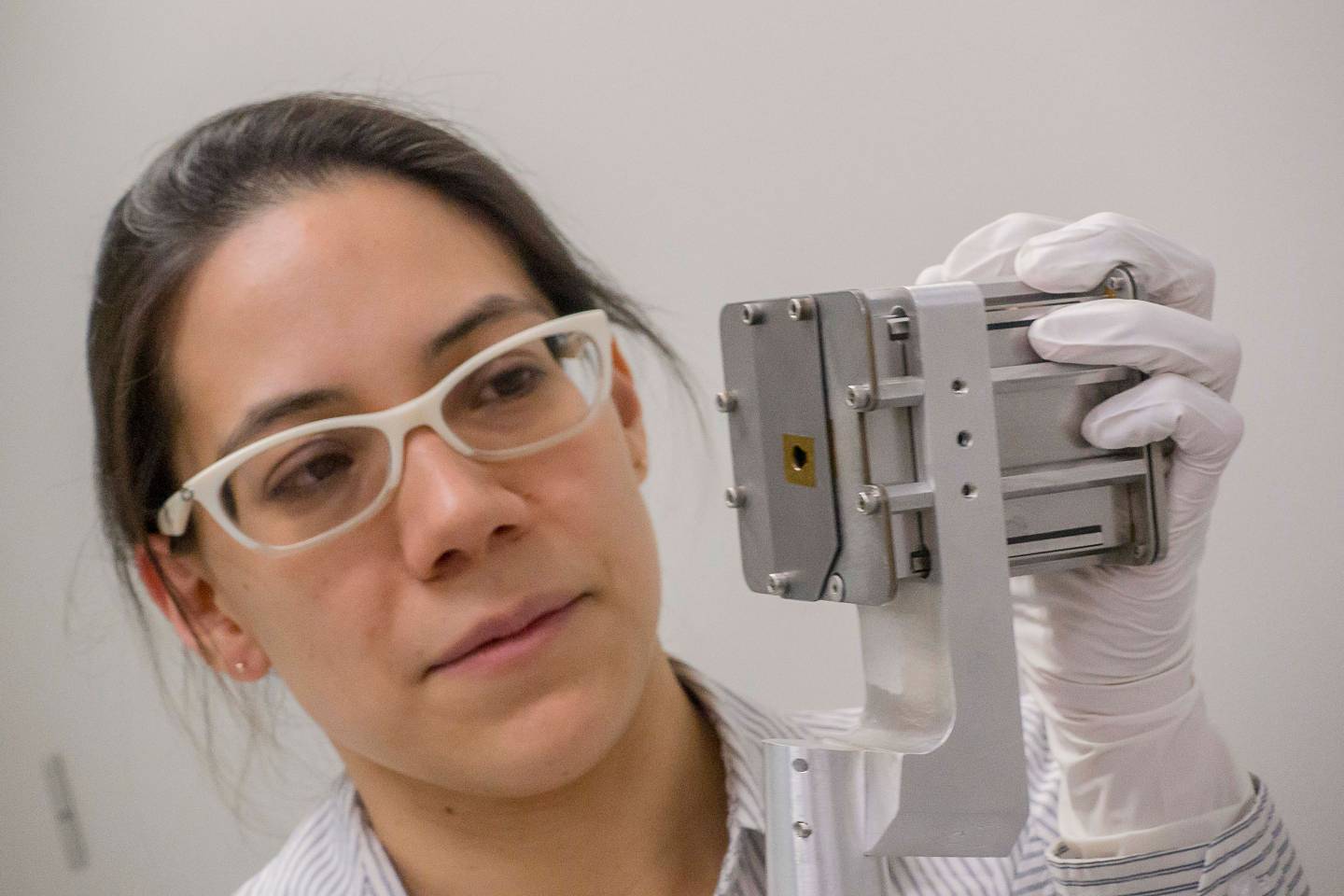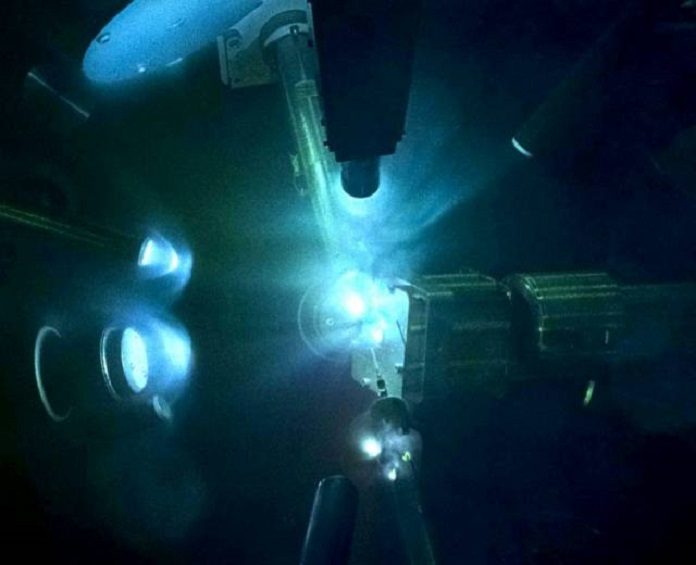Researchers have identified more than 2,000 of these “super-Earths,” exoplanets that are bigger than Earth, however, smaller than Neptune. By examining how iron and silicon composites react to remarkable weights, researchers at UNSW are increasing new experiences into the idea of super-Earths and their centers.
Super-Earths have no direct analogs in our own solar system. Thus, scientists are eager to take in more of their conceivable structures and compositions, and in this manner, they gathered insights into the kinds of planetary architectures that may exist in our universe. Be that as it may, they confront two key constraints: we have no immediate estimations of our own planetary center from which to extrapolate, and inside weights in super-Earths can achieve in excess of 10 times the weight at the focal point of the Earth, well past the scope of ordinary test systems.
Thomas Duffy, a professor of geosciences at Princeton said, “We now have a technique that allows us to directly access the extreme pressures of the deep interiors of exoplanets and measure important properties. Previously, scientists were restricted to either theoretical calculations or long extrapolations of low-pressure data. The ability to perform direct experiments allows us to test theoretical results and provides a much higher degree of confidence in our models for how materials behave under these extreme conditions.”
“Most high-pressure experiments use diamond anvil cells which rarely reach more than 300 GPa,” or 3 million times the pressure at the surface of the Earth.”
“Our approach is newer, and many people in the community are not as familiar with it yet, but we have shown in this (and past) work that we can routinely reach pressures above 1,000 GPa or more (albeit only for a fraction of a second). Our ability to combine this very high pressure with X-ray diffraction to obtain structural information provides us with a unique tool — there is no other facility in the world that can do this.”
The pressures accomplished in this examination, up to 1,314 gigapascals (GPa) are around three times higher than past tests, making them all the more specifically valuable for displaying the inside structure of vast, rough exoplanets.

Photo by Eugene Kowaluk, Laboratory for Laser Energetics
The researchers compressed two samples for only a few billionths of a second, just long enough to probe the atomic structure using a pulse of bright X-rays. The resulting diffraction pattern provided information on the density and crystal structure of the iron-silicon alloys, revealing that the crystal structure changed with higher silicon content.
Diana Valencia, a pioneer in the field and an assistant professor of physics at the University of Toronto-Scarborough said, “This new technique constitutes a “very significant” contribution to the field of exoplanet research. This is a good study because we are not just extrapolating from low pressures and hoping for the best. This is actually giving us that ‘best,’ giving us that data, and it, therefore, constrains our models better.”
Scientists directed a short however intense laser shaft onto two iron samples: one alloyed with 7 weight-percent silicon, like the demonstrated piece of Earth’s center, and another with 15 weight-percent silicon, a structure that is conceivable in exoplanetary centers.
They found that at ultrahigh pressures, the lower-silica alloy organized its crystal structure in a hexagonal close-packed structure, while the higher-silica alloy used body-centered cubic packing. That atomic difference has enormous implications.
Scientists also quantified the density of the iron-silicon alloys over a scope of weights. They found that at the most elevated weights, the iron-silicon alloys achieve 17 to 18 grams for every cubic centimeter — around 2.5 times as thick as on the surface of Earth, and equivalent to the thickness of gold or platinum at Earth’s surface.
They also contrasted their outcomes with comparative examinations done on unadulterated iron and found that the silicon combinations are less thick than unalloyed iron, even under outrageous weights.
June Wicks, an associate research scholar at Princeton said, “Knowledge of the crystal structure is the most fundamental piece of information about the material making up the interior of a planet, as all other physical and chemical properties follow from the crystal structure.”
Duffy said, “A pure iron core is not realistic as the process of planetary formation will inevitably lead to the incorporation of significant amounts of lighter elements. Our study is the first to consider these more realistic core compositions.”
“We now realize that the varieties of planets that are out there go far beyond the limited examples in our own solar system, and there is a much broader field of pressure, temperature and composition space that must be explored. Understanding the interior structure and composition of these large, rocky bodies is necessary to probe fundamental questions such as the possible existence of plate tectonics, magnetic field generation, their thermal evolution and even whether they are potentially habitable.”
Future research will explore how other light components, for example, carbon or sulfur, influence the structure and thickness of iron at ultrahigh weight conditions. The analysts likewise would like to gauge other key physical properties of iron compounds, to additionally compel models of exoplanets’ insides.
The paper was published April 25 in Science Advances (DOI: 10.1126/sciadv.aao5864).
